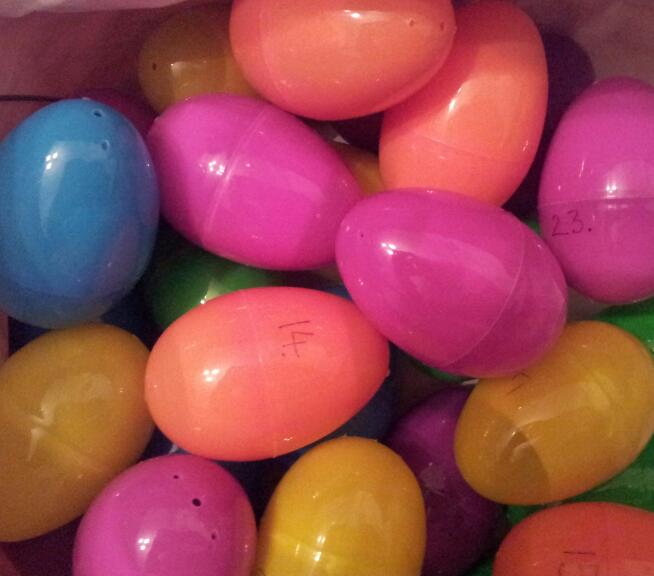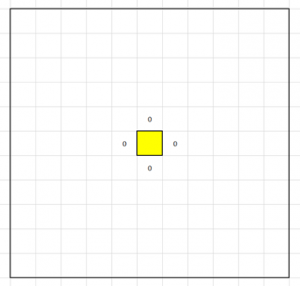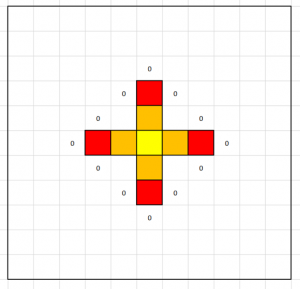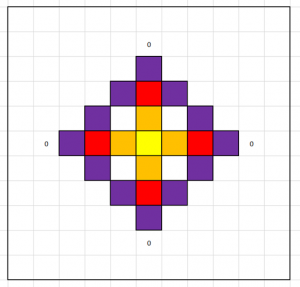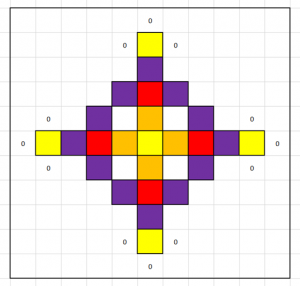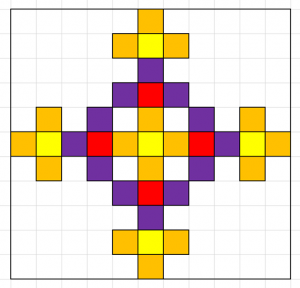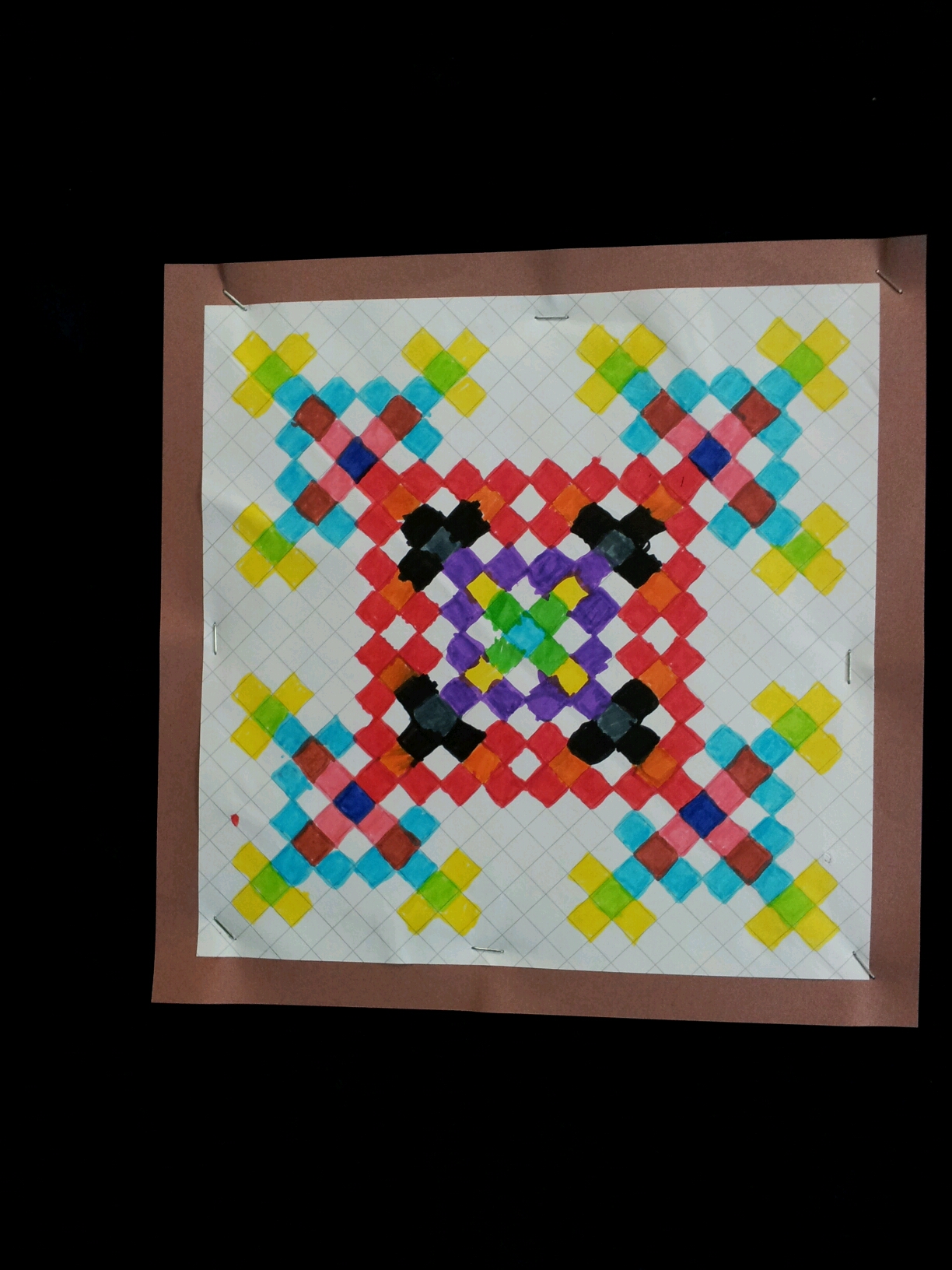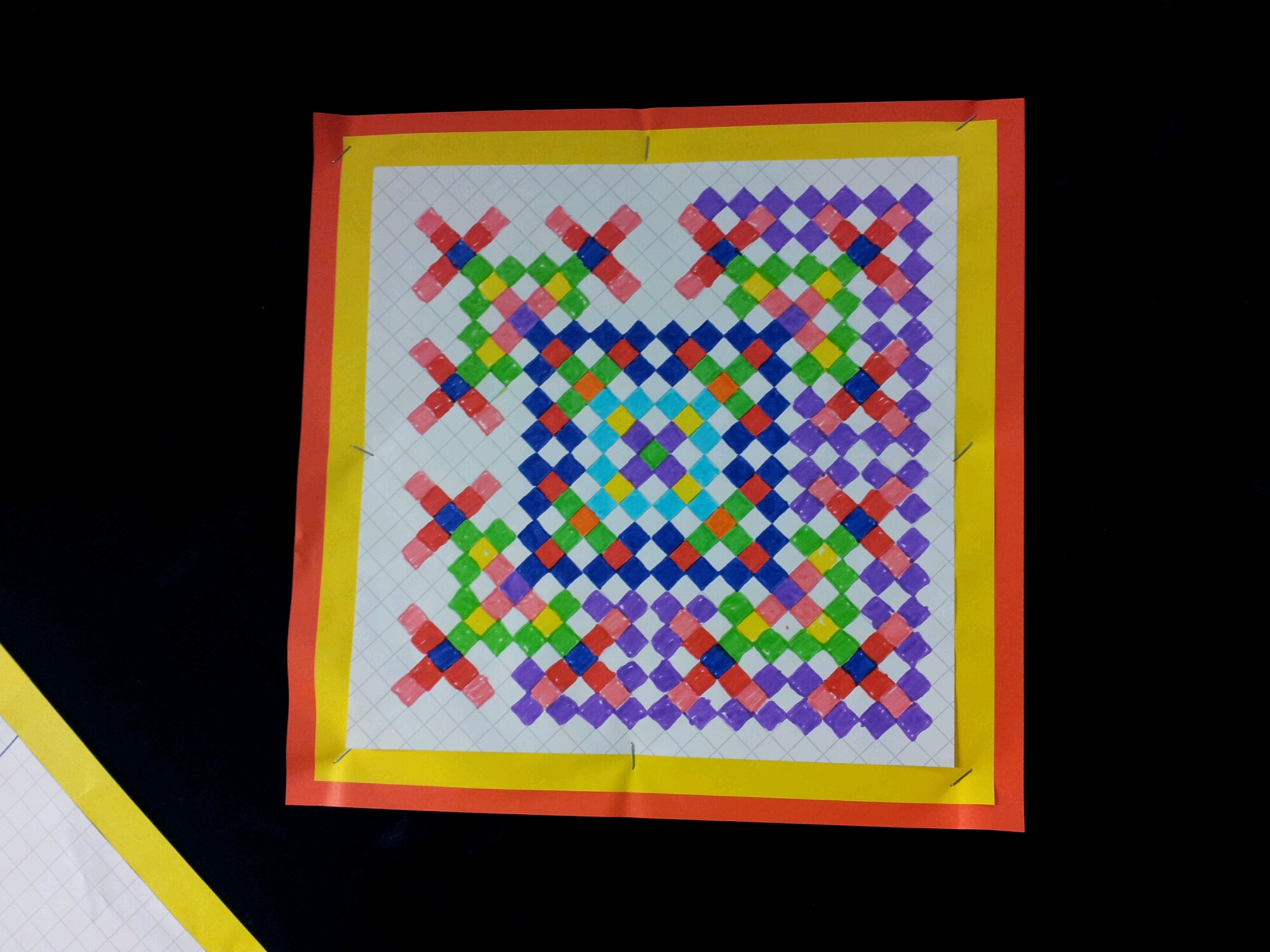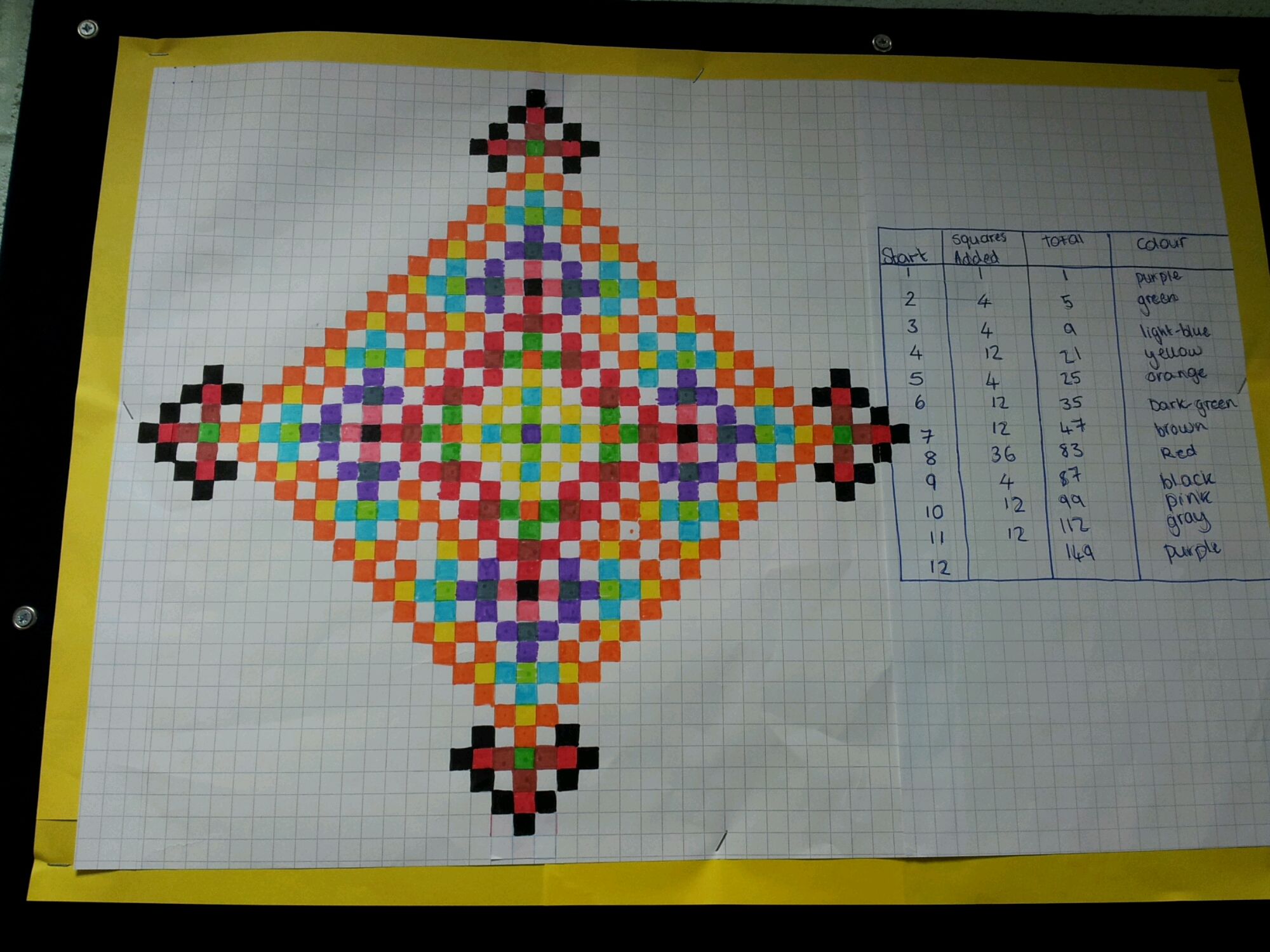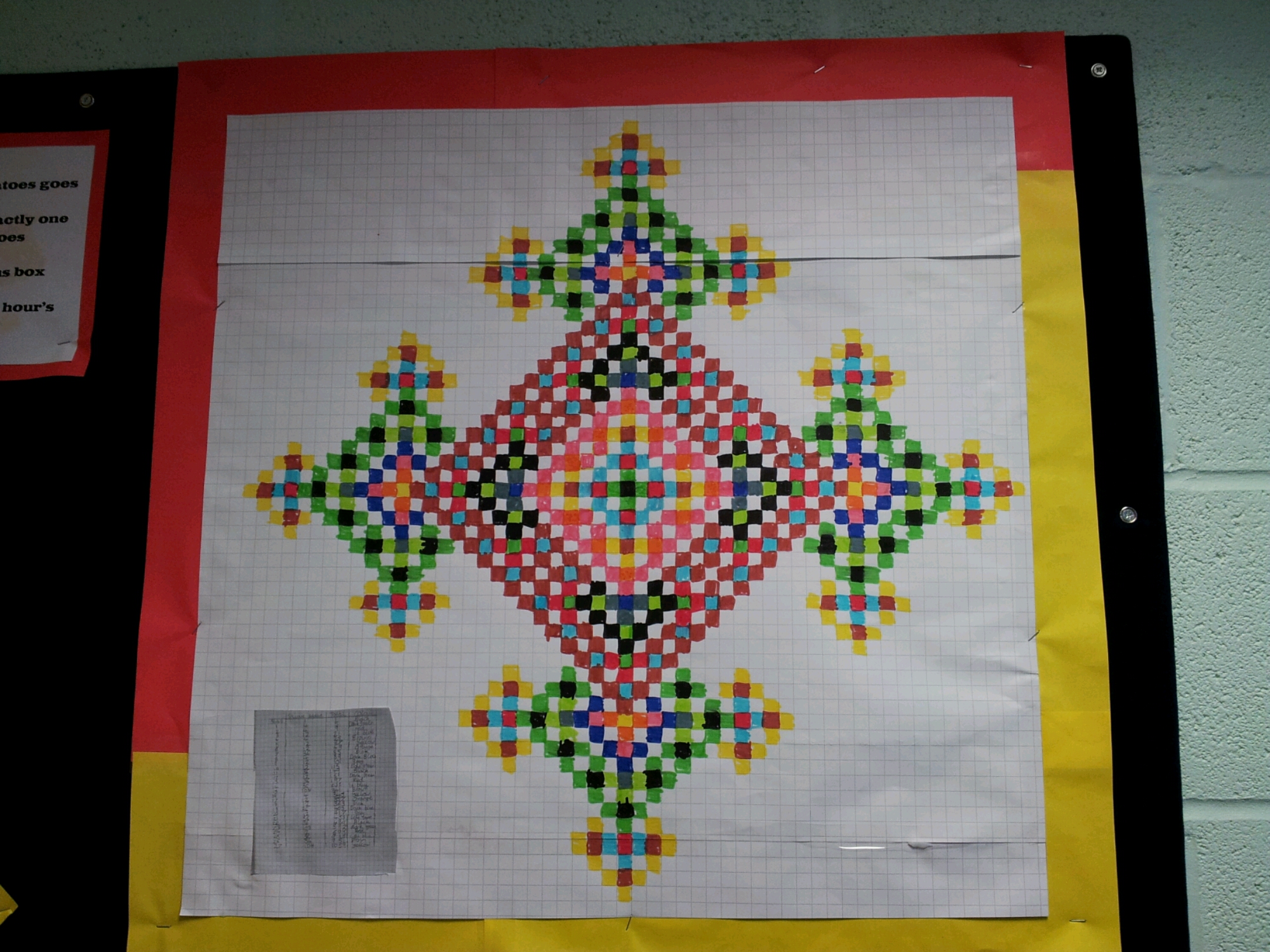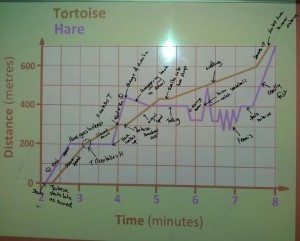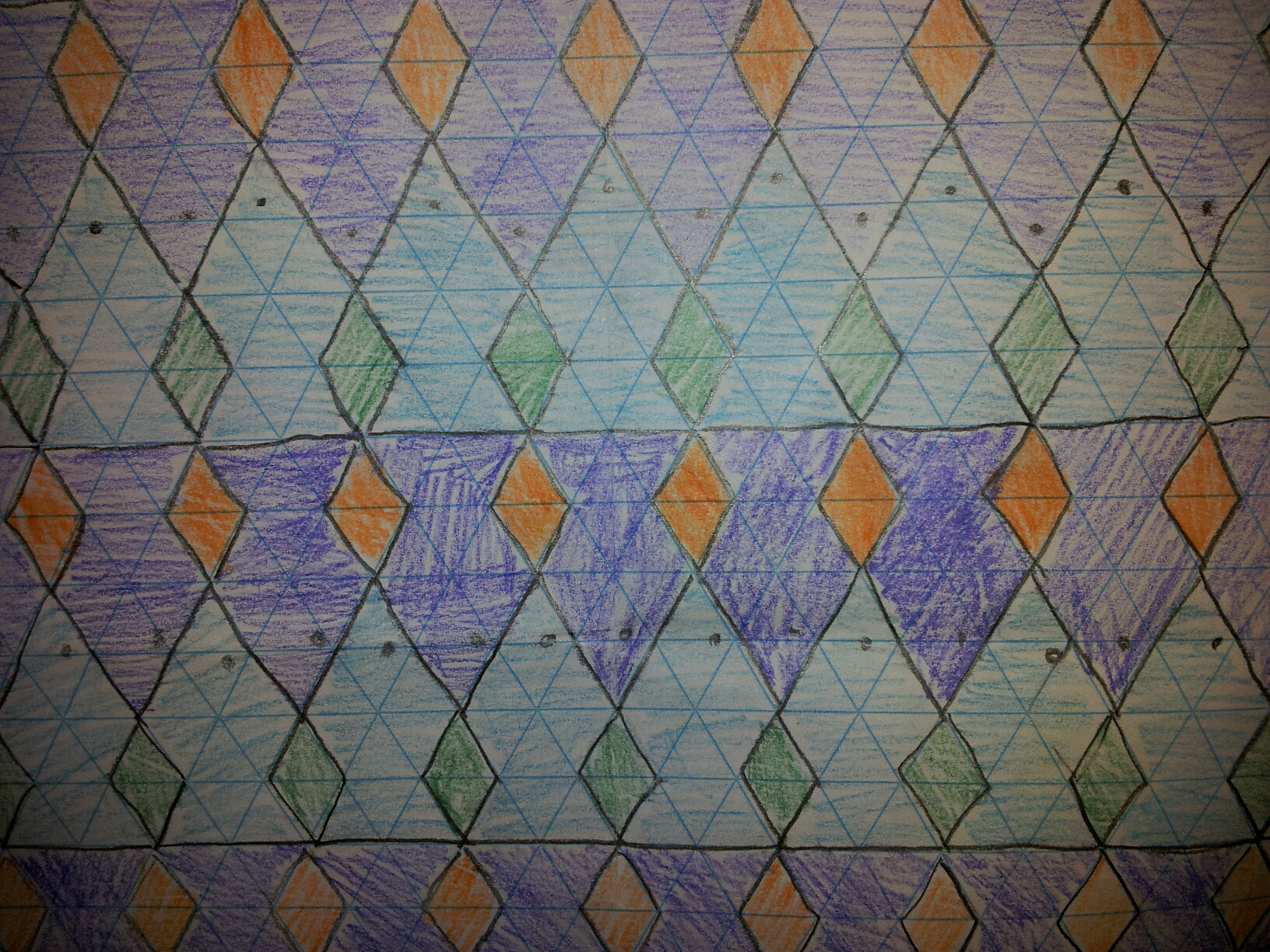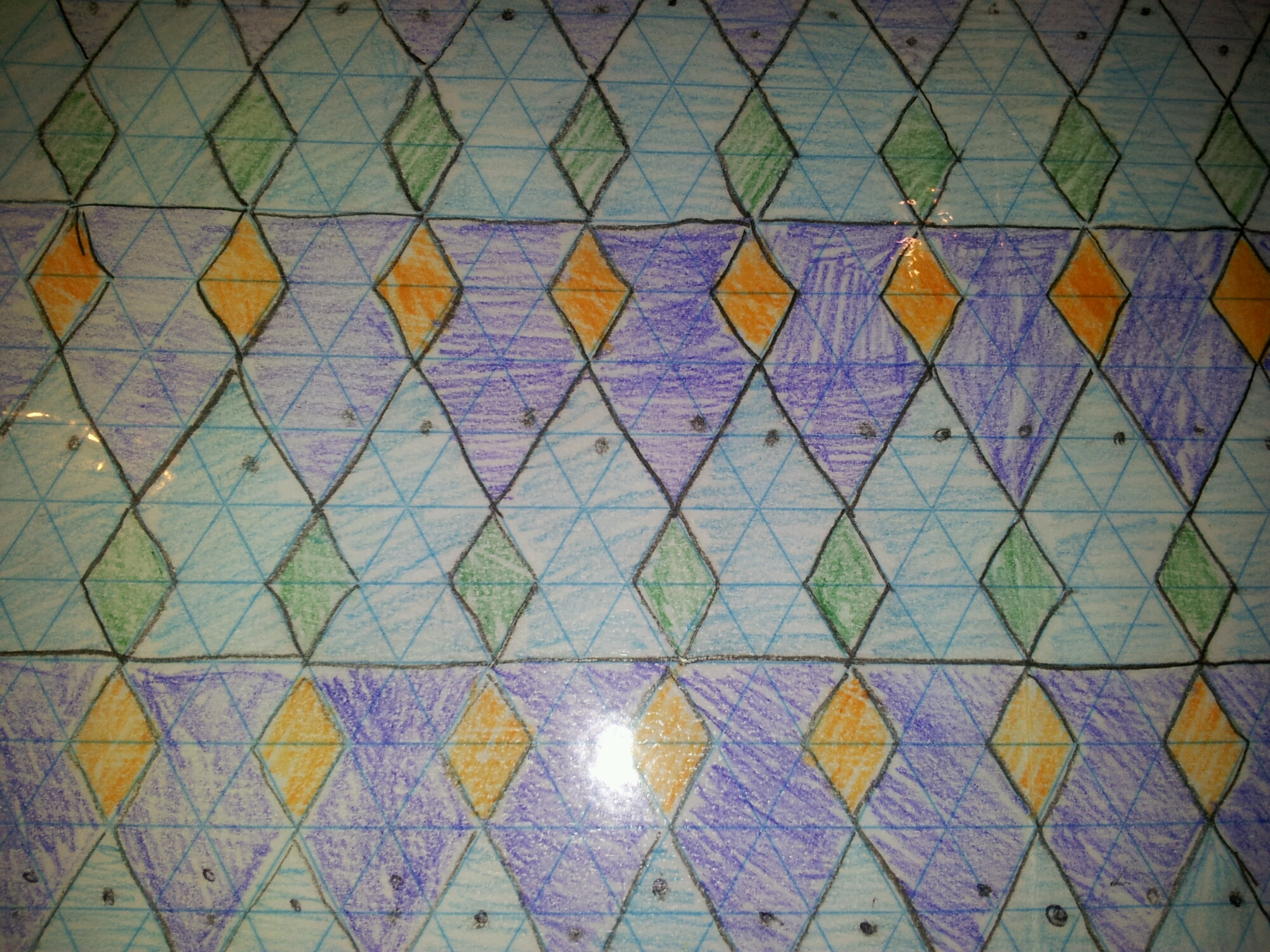It’s beginning to look a lot like Easter … scrawny plastic chicks and over-priced chocolate eggs everywhere! This little ‘egg’ of an idea was totally inspired by some lovely Tweeters who mentioned ways to use empty plastic eggs.
Equipment
I bought these two-part plastic eggs from a local craft shop. They are available from lots of places on the high street and online. My pack has 30 eggs in six different colours. You may be able to see that I’ve numbered the top and bottom of each shell – just to avoid arguments.
Activity
Now, I used these eggs for revision with my GCSE class. Each colour represents a different topic. There are 30 questions and the answers are the numbers 1 to 30. I hid the eggs in our main hall due to the unpredictable nature of the British weather. You could hide them inside or outside the classroom and give a prize to the person/group who correctly completes the most questions. Points could be deducted for trying to sabotage other groups. If you don’t feel that adventurous or it’s impossible to go outside, you could copy the questions and do this as a desktop activity.
Topics
Sometimes we get tunnel-vision on the focus for passing exams. We keep the ‘fun’ stuff for younger pupils. This revision activity is a treat for my hard-working students in KS4. They aren’t the easiest of topics, but they are perfect for students working at GCSE grade C and above.
1-5 Expanding & factorising quadratics
6-10 Ratio & Proportion
11-15 Straight line graphs (y=mx+c)
16-20 Simultaneous Equations
21-25 Shape problems
26-30 Factors & Multiples
Resource
You can download the questions here: Easter revision 30Q
You can download the solution here: Easter revision 30Q Solutions
Feedback
I was surprised to get feedback from this activity from a form teacher, who said their students had arrived at registration bouncing and saying how much they had enjoyed the lesson!

